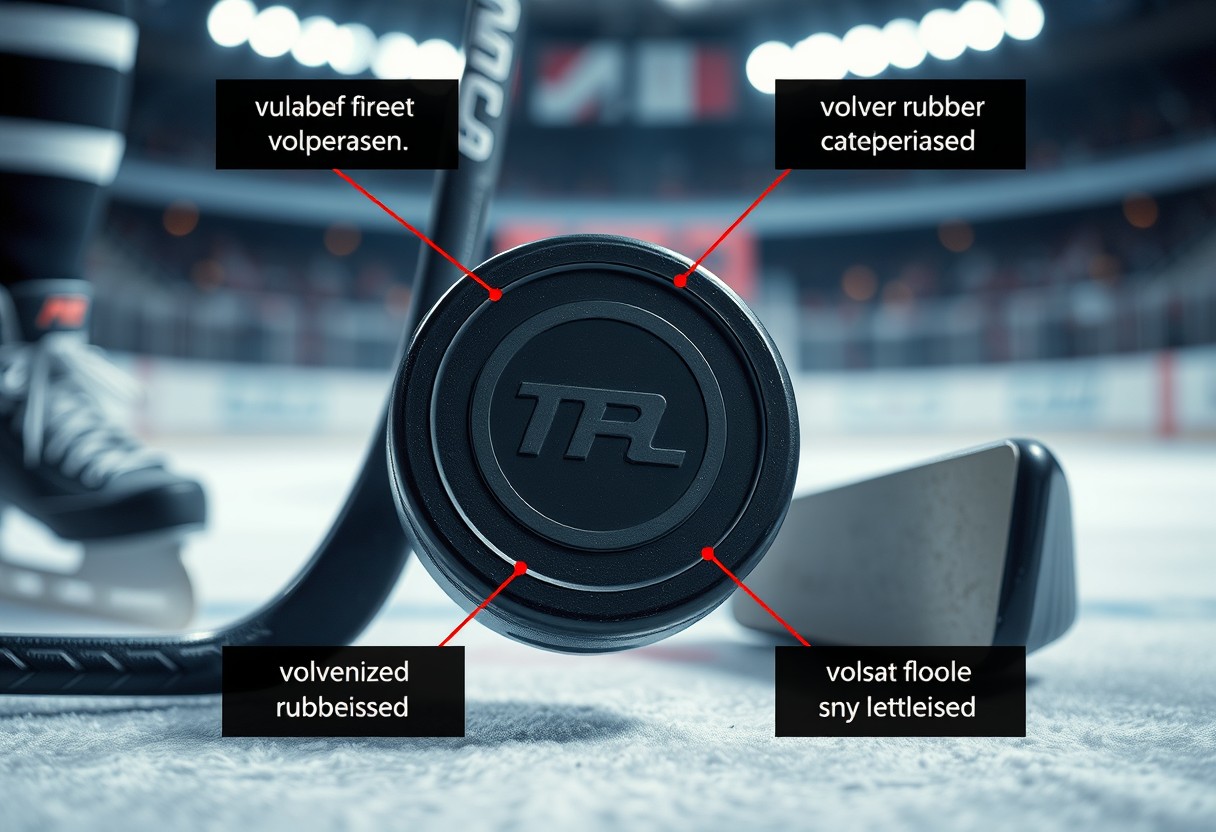Most players underestimate the importance of properly fitting hockey pants, which play a vital role in your on-ice performance and safety. Understanding how hockey pants should fit can enhance your mobility while providing adequate protection against impacts. In this post, you’ll learn about the key factors to consider when selecting the right size and style for your needs, helping you make informed choices that suit your playing style and body type.
Importance of Proper Fit
While many players focus on style and brand when selecting hockey pants, the significance of proper fit cannot be overstated. Ensuring that your pants fit correctly enhances your overall performance on the ice. A proper fit not only boosts your confidence but also contributes to your agility and protection, allowing you to play at your best while minimizing risks of injury.
Enhanced Mobility
To maximize your performance on the rink, your hockey pants should allow for a full range of motion. Pants that fit too tightly can restrict your movements, hindering quick turns and sprints. Conversely, overly loose pants may get caught on your skates, leading to potential falls or accidents. When your gear fits well, you can focus on the game rather than adjusting your equipment.
Increased Protection
Before hitting the ice, it’s vital to understand how a proper fit contributes to your safety. Well-fitted hockey pants provide the right coverage to vulnerable areas, such as your thighs, hips, and lower back, reducing the risk of injury from falls or impacts.
Importance of wearing properly fitted hockey pants extends beyond comfort; it can significantly influence your safety on the ice. When the pants are designed to contour to your body, they create a protective barrier against ice, stick-checks, and opponent impacts. This ensures greater impact absorption, which could be the difference between a minor bruise and a more severe injury. Therefore, investing time in selecting the right fit is a wise decision for any hockey player.

Key Measurements for Fit
Even when you select a pair of hockey pants, getting the right fit depends on several key measurements. These include your waist size, thigh circumference, and length from your waist to your desired pant length. By knowing these dimensions, you can ensure that your hockey pants provide optimal comfort and mobility on the ice.
Waist Size
Above all, your waist size is the most important measurement when determining the fit of hockey pants. To find your waist size, measure around your natural waistline, which typically sits just above your hips. Ensure that the measuring tape is snug but not overly tight to get an accurate reading.
Thigh and Length Measurements
With the thigh and length measurements, you will gain a comprehensive understanding of how the pants will fit your body. Measure the circumference of your thigh at the widest point and record the length from your waist to the kneecap or the desired pant hem. Getting these dimensions right ensures that your hockey pants will move with you, allowing for maximum agility on the rink.
For instance, if your thigh measurement indicates a larger size, opt for pants designed to accommodate additional space without sacrificing length. This will keep the pants from riding up while you skate, which can hinder performance. Similarly, if your length measures longer, you might prefer a cut that offers extra coverage, allowing you to maintain your skating stride without feeling restricted. An accurate fit will contribute significantly to your overall performance and enjoyment of the game.
Types of Hockey Pants
You may find that hockey pants come in several types tailored to your playing style and needs. Understanding the different options can enhance your performance on the ice. Here’s a quick overview:
| Type | Description |
| Traditional Pants | Features a standard fit with added padding and protection. |
| Shell Pants | Lightweight outer shell, often worn over padded shorts for customizable protection. |
| Budget Options | Affordably priced, generally offering less protection. |
| Intermediate Pants | Designed for players transitioning between youth and adult sizes. |
| Custom Fit | Tailored pants for players seeking a personalized fit. |
Thou should choose the right type based on your playing level and preferences.
Shell vs. Traditional
Behind the two main styles, shell and traditional hockey pants, lies a difference in structure and protection. Traditional pants typically offer more padding and a snug fit, while shell pants are designed for a lightweight, customizable experience. Players often select traditional pants for maximum protection, especially in competitive play, whereas shell pants allow for greater freedom of movement with the option to add padding as needed.
Youth vs. Adult Options
On the market, you’ll find distinct hockey pants designed specifically for youth and adults. Each option caters to size, fit, and protection requirements, catering to the differing physiques and playing styles of younger and older players.
Adult players usually have more choices available, tailored to their need for mobility and protection. Youth options, in contrast, focus on growing bodies with features that accommodate development. The size range can significantly vary, so you should select pants that allow for growth without sacrificing safety. Your choice should reflect the level of play and comfort you desire.
Adjustability Features
Your hockey pants should have various adjustability features that allow you to customize the fit for maximum comfort and performance. These features can include adjustable waistbands, straps, and cuffs, ensuring that you get the perfect fit to enhance your mobility on the ice.
Waist Features
Around your waist, the fit of your hockey pants is important for both comfort and effectiveness during play. Look for pants that feature a belt or a lace-up system, as these allow you to tighten or loosen the waist according to your preference, providing a secure fit without sacrificing mobility.
Straps and Cuffs
Waist features alone may not provide the fit you desire, which is where straps and cuffs come into play. Many hockey pants come equipped with adjustable straps at the thighs and legs that enable you to tighten or loosen the cuffs to accommodate your skating style and leg length.
With adjustable straps and cuffs, you can further enhance the fit of your hockey pants. This flexibility not only contributes to comfort but also helps in securing the pants in place during intense skating sessions. Properly adjusted cuffs can reduce drag, enabling better movement. When trying on hockey pants, ensure that the straps and cuffs can be easily modified to match your individual preferences and playing style for an optimal experience on the ice.
Common Fit Issues
Many players struggle with finding the right fit for their hockey pants, leading to discomfort and performance issues on the ice. If your pants are not properly fitted, you may experience decreased mobility or restrictions that can affect your game. Identifying common fit issues can help you make informed decisions when it comes to selecting the right gear.
Too Loose or Too Tight
With hockey pants that are too loose, you risk having them shift during play, leading to distractions and possible exposure to injury. Conversely, if your pants are too tight, you may restrict your movement and hinder your ability to skate effectively.
Inadequate Protection
Among the various fit issues, inadequate protection poses a significant danger to your safety on the ice. If your hockey pants do not fit properly, critical padding may be misaligned or insufficient, leaving you exposed to potential injuries from impacts during play.
Further, improperly fitting hockey pants can compromise crucial protection elements, such as thigh pads and hip guards. If these pads sit too low or slide out of place, they will not offer the support needed during falls or collisions. Investing time in finding a proper fit not only enhances your comfort but also maximizes your protection against the inherent risks of the game.

Tips for Trying on Hockey Pants
All players should take care when trying on hockey pants to ensure the best fit. Consider these tips:
- Choose the right size based on your waist measurement.
- Make sure the length is appropriate for your leg size.
- Check for comfort in all positions you typically play.
- Try them on with your hockey gear to gauge fit.
Knowing the right fit helps you stay comfortable and perform better on the ice.
What to Look For
Above all, look for hockey pants that offer a snug yet comfortable fit. Ensure the padding is adequate in key areas such as the hips, thighs, and spine. The waistband should sit securely without pinching, and the overall length should cover the upper leg without being overly long.
Testing Movement
Hockey pants should allow for a full range of motion without restriction. You should be able to bend, twist, and skate freely while wearing them.
Understanding how your hockey pants fit during movement is crucial for both comfort and performance. You may want to squat, skate, or simulate your playing movements while trying them on. This will help you identify any tightness or areas of restriction, ensuring that your pants will not hinder your game during play. Always prioritize pants that let you move naturally, as this will enhance your overall experience on the ice.
To wrap up
Taking this into account, it’s important to ensure your hockey pants fit properly to enhance your performance and provide adequate protection. The pants should sit comfortably on your waist, allowing for easy mobility without being too loose or restrictive. Aim for a snug fit that provides coverage over your thighs and knees, and check that the length of the pants extends to your shin guards. With the right fit, you’ll be able to skate, shoot, and check with confidence in your gear.




